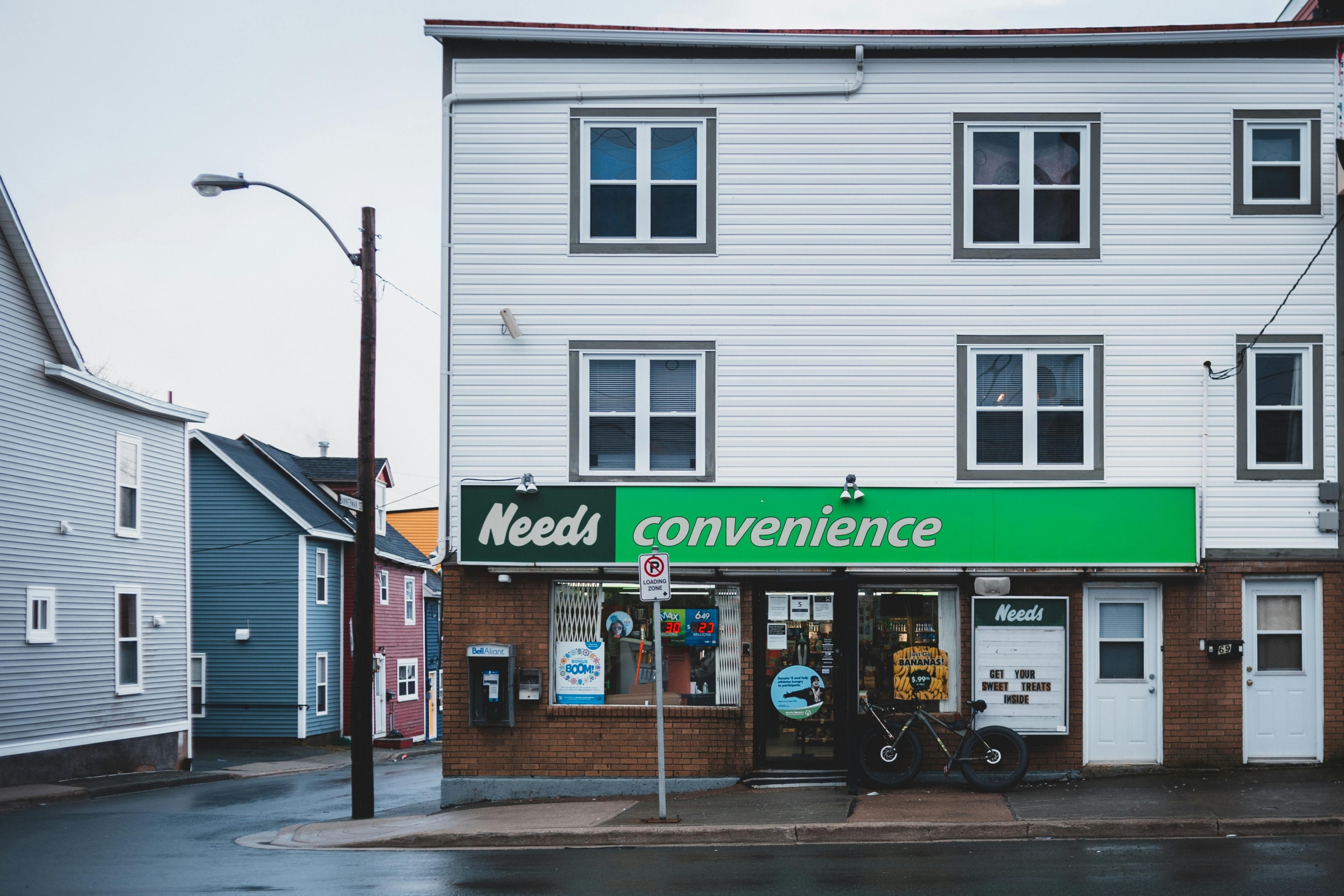2370Views 0Comments
Small businesses are finding new opportunities in the commercial real estate market. As the pandemic changed the landscape, many large companies downsized or shifted to remote work. This left vacancies in office spaces and retail locations. Now, small businesses are stepping in, taking advantage of lower rents and prime locations that were once out of reach.
The real estate rebound is helping small business owners who struggled during the pandemic. With property prices and rents dipping in some areas, entrepreneurs are seizing the chance to expand or relocate. As the economy recovers, small businesses are using this moment to strengthen their presence in key markets.
Lower Rents, Bigger Opportunities
One major benefit for small businesses is the drop in rental rates. Office spaces and retail locations in many cities are now more affordable. The demand for traditional office space has decreased as more companies embrace hybrid or remote work. This has left landlords with empty properties, eager to fill them.
For small business owners, this means they can now access spaces they couldn’t afford before. Prime locations in city centers and shopping areas are now within reach. Moving into these areas helps businesses gain visibility, attract more foot traffic, and boost revenue.
Adapting to New Needs
Small businesses are also adjusting to the changing real estate market. Many are seeking smaller spaces and flexible lease terms. With more online sales and remote services, the need for large office or retail spaces has decreased. Business owners are looking for properties that meet their needs without the extra square footage.
This has led to higher demand for smaller, flexible spaces. Landlords are offering shorter leases or shared spaces to attract tenants. This flexibility helps both sides—small businesses get affordable locations, and landlords fill vacancies.
Retail Revival and Creative Uses for Spaces
The retail sector, which was hit hard by the pandemic, is making a comeback. Small retailers and service providers are moving into empty storefronts. Many of these spaces were left by large chains or companies that shifted to online-only models. This trend is giving new life to neighborhoods and shopping districts that suffered during the downturn.
Small businesses are also getting creative with how they use commercial spaces. Some are turning empty offices into co-working hubs or event venues. Others are transforming old retail spots into hybrid spaces that mix sales with workshops or pop-up events. These fresh ideas are helping to revive commercial areas and bring new energy to communities.
Navigating Challenges
While opportunities are growing, small businesses still face challenges. Rising inflation, supply chain disruptions, and changing consumer demand continue to affect operations. Even with lower rents, the cost of running a business remains high. Some business owners are cautious about expanding or signing long-term leases due to uncertainty about the future.
In some areas, there is still competition for commercial space. Cities with high demand or limited availability still have steep rental costs. Small businesses must carefully assess their options to ensure they can stay profitable while expanding or relocating.
Looking Ahead
The commercial real estate market is evolving, and small businesses are taking advantage of the shift. As the economy continues to recover, entrepreneurs are finding ways to adapt and grow. Lower rents and flexible leases are opening doors to spaces that were once out of reach.
In the future, the trend of small businesses moving into prime locations could reshape commercial districts. As these businesses establish themselves in key markets, they could play a crucial role in the post-pandemic economic recovery. With creative solutions and strategic decisions, small businesses are proving to be resilient players in the changing real estate landscape.




